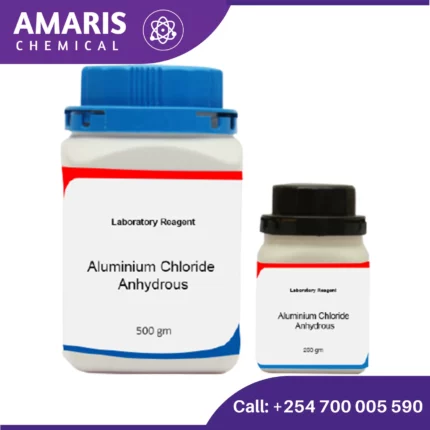

Aluminum Fine Powder
$2,500.00 Original price was: $2,500.00.$2,300.00Current price is: $2,300.00.
Aluminum fine powder is a lightweight, highly reactive silvery-white powder valued for its excellent thermal and electrical conductivity, as well as its reflective properties. Primarily used in pyrotechnics to create bright flashes and sparks in fireworks and explosives, it also plays a crucial role in metallurgy for producing alloys and additive manufacturing (3D printing). In industrial applications, it serves as a reducing agent in chemical processes and generates hydrogen for fuel research. The powder is widely incorporated into metallic paints and coatings for reflective finishes, conductive pastes for electronics, and specialty construction materials like aerated concrete. Available in micron to nano-sized particles, aluminum fine powder requires careful handling due to its flammability and reactive nature with water or acids. Its versatility extends to cosmetics, where ultra-fine grades provide shimmer in nail polishes and eye shadows, demonstrating its broad utility across multiple high-tech and traditional industries.
Aluminum Fine Powder Uses
Pyrotechnics & Explosives
- Fireworks & Flares:Creates bright white/silver sparks and explosive effects.
- Rocket Propellants:Used in solid fuel mixtures (e.g., ammonium perchlorate composites).
- Thermite Reactions:Mixed with iron oxide for high-temperature welding/cutting (produces molten iron).
- Metallurgy & Additive Manufacturing
- Alloy Production:Blended into aluminum alloys for improved strength/lightweight properties.
- 3D Printing (Powder Bed Fusion):Used in selective laser sintering (SLS) for aerospace/auto parts.
- Sintered Components:Pressed and heated to form complex metal parts.
- Paints & Coatings
- Metallic Paints:Provides reflective, silver finishes (e.g., automotive, industrial coatings).
- Anti-Corrosion Paints:Forms a protective layer on steel structures.
- Printing Inks:Used in specialty inks for packaging/security printing.
- Chemical & Industrial Processes
- Reducing Agent:Extracts metals from oxides (e.g., Goldschmidt process for chromium/iron production).
- Hydrogen Generation:Reacts with water/alkalis to produce hydrogen gas (for fuel R&D).
- Catalyst Support:Used in chemical synthesis and petroleum refining.
- Construction & Explosives
- Aerated Concrete:Creates gas bubbles in autoclaved aerated concrete (AAC) for lightweight insulation.
- Underwater Welding:Used in specialized welding rods.
- Electronics & Energy
- Conductive Pastes:In solar cells, printed electronics, and capacitors.
- Battery Anodes:Research in lithium-ion/sodium-ion batteries.
- Cosmetics & Pigments
- Nail Polishes/Eye Shadows:Adds metallic shimmer (ultra-fine grades).
- Pearlescent Effects:In plastics and coatings.
1. Basic Identification Attributes
- Chemical Name:
- IUPAC: Aluminum
- Common/Trade Name: Aluminum powder, Aluminium dust (non-pyrophoric)
- CAS Number: 7429-90-5
- HS Code: 7603.10.00 (Aluminum powders, non-lamellar)
- Molecular Formula: Al
- Synonyms: Al powder, Metallic aluminum powder, Aluminum flake (if lamellar), Elemental aluminum
2. Physical & Chemical Properties
- Physical State: Fine, silvery-gray powder.
- Color & Odor: Silver-gray; odorless.
- Boiling Point: 2,519°C (4,566°F).
- Melting Point: 660.3°C (1,221°F).
- Density/Specific Gravity: 2.70 g/cm³ (solid).
- Solubility:
- Water: Insoluble.
- Organic solvents: Insoluble.
- Reacts with acids/bases (e.g., HCl, NaOH).
- pH Level: Neutral (but reacts to form alkaline hydroxides).
- Vapor Pressure: Negligible (solid).
- Flash Point: Highly flammable(dust cloud: ~400–600°C).
- Autoignition Temperature: ~760°C (dust cloud).
- Viscosity: Not applicable (powder).
3. Safety & Hazard Attributes
- Hazard Class (GHS):
- Flammable Solid (Category 1), Water-Reactive (Category 3).
- NFPA Ratings:
- Health: 1| Flammability: 3 | Reactivity: 2 (reacts with water/acid).
- Exposure Limits:
- OSHA PEL: 15 mg/m³ (total dust), 5 mg/m³ (respirable fraction).
- ACGIH TLV: 1 mg/m³ (respirable aluminum dust).
- Reactivity:
- Reacts violently with oxidizers(e.g., chlorates, nitrates).
- Releases hydrogen gaswith water/acid (explosion risk).
4. Storage & Handling Attributes
- Storage Conditions:
- Dry, cool, inert atmosphere (argon/N₂ preferred).
- Away from water, acids, and oxidizers.
- Incompatible Materials: Water, halogens, acids, peroxides.
- Container Type: Airtight metal or conductive plastic (anti-static).
- Shelf Life: Indefinite if kept dry and sealed.
- Special Handling:
- Explosion-proofequipment (no sparks/open flames).
- Anti-static clothing, gloves, and face shields.
5. Regulatory & Compliance Attributes
- Regulatory Status:
- DOT: UN 1309(Flammable Solid, Class 4.3 – Dangerous when wet).
- EPA: Regulated under TSCA; SARA 313 reportable if powdered.
- REACH: Registered for EU use.
- Hazard Symbols (GHS):
- Flammable (🔥), Corrosive (⚠️ to metals), Water-Reactive (💧).
- Transportation Restrictions:
- Hazard Class 4.3 (UN 1309), Packing Group II/III.
- Waste Disposal:
- Collect as hazardous waste (reacts with water).
- EPA RCRA: D003 (Reactive) if contaminated.
6. Environmental & Health Impact
- Ecotoxicity:
- Low aquatic toxicity (but may harm gill-breathing organisms).
- Persistence:
- Oxidizes slowly to alumina (Al₂O₃) in air.
- Carcinogenicity/Mutagenicity:
- IARC: Not classified(metallic aluminum).
- OSHA: Linked to pulmonary fibrosis(long-term inhalation).
- Biodegradability: Non-biodegradable (inorganic metal).
Personal Protective Equipment (PPE):
- Wear anti-static clothingto prevent spark generation.
- Use safety gogglesand face shields to protect eyes from dust.
- Wear dust masks (NIOSH-approved N95 or higher)or respirators in poorly ventilated areas.
- Use chemical-resistant gloves(nitrile or neoprene) to prevent skin contact.
Handling & Storage:
- Avoid sparks, open flames, and heat sources(aluminum powder is highly combustible).
- Use grounded equipmentto prevent static electricity buildup.
- Store in a cool, dry, well-ventilated area, away from oxidizers, acids, and moisture.
- Keep containers tightly sealedwhen not in use.
- Use non-sparking tools(brass, bronze, or plastic) when handling.
Workplace Controls:
- Ensure good ventilation(local exhaust ventilation preferred).
- Implement dust control measures(wet suppression or vacuum systems).
- Prohibit smoking, welding, or grindingnear storage/handling areas.
- Conduct regular inspectionsfor dust accumulation.
Inhalation:
- Move to fresh air
- If breathing is difficult, provide oxygenand seek medical attention.
Skin Contact:
- Wash affected area with soap and water.
- Remove contaminated clothing and wash before reuse.
Eye Contact:
- Rinse eyes with lukewarm water for at least 15 minutes.
- Seek medical attentionif irritation persists.
Ingestion:
- Do NOT induce vomiting.
- Rinse mouth and drink water or milkif conscious.
- Seek immediate medical help.
Suitable Extinguishing Agents:
- Dry sandor dry powder (Class D fire extinguisher) for small fires.
- Specialized metal fire extinguishers(e.g., Lith-X, Met-L-X).
Unsuitable Extinguishing Agents:
- Water(reacts with burning aluminum, releasing hydrogen gas—explosion risk).
- CO₂, foam, or halogenated agents(ineffective and may intensify fire).
Firefighting Procedures:
- Evacuate the areaand call emergency services.
- If safe, smother fire with dry sand or graphite powder.
- Do not use wateror wet chemicals.
- Wear full protective gear (fire-resistant suit, SCBA)when fighting large fires.
Explosion Hazard:
- Aluminum dust can explode if dispersed in air.
- Prevent dust clouds and eliminate ignition sources
Related products
Acetaldehyde
- Chemical Structure: Acetaldehyde consists of two carbon atoms, one oxygen atom, and four hydrogen atoms. Its structure is CH3CHO, where the carbon atom in the middle is doubly bonded to an oxygen atom and singly bonded to a hydrogen atom and a methyl group (CH3).
- Occurrence: Acetaldehyde can be found naturally in various ripe fruits, coffee, and heated milk. It is also produced by the oxidation of ethanol (alcohol) by enzymes in the liver and other tissues in humans, making it an intermediate product in alcohol metabolism.

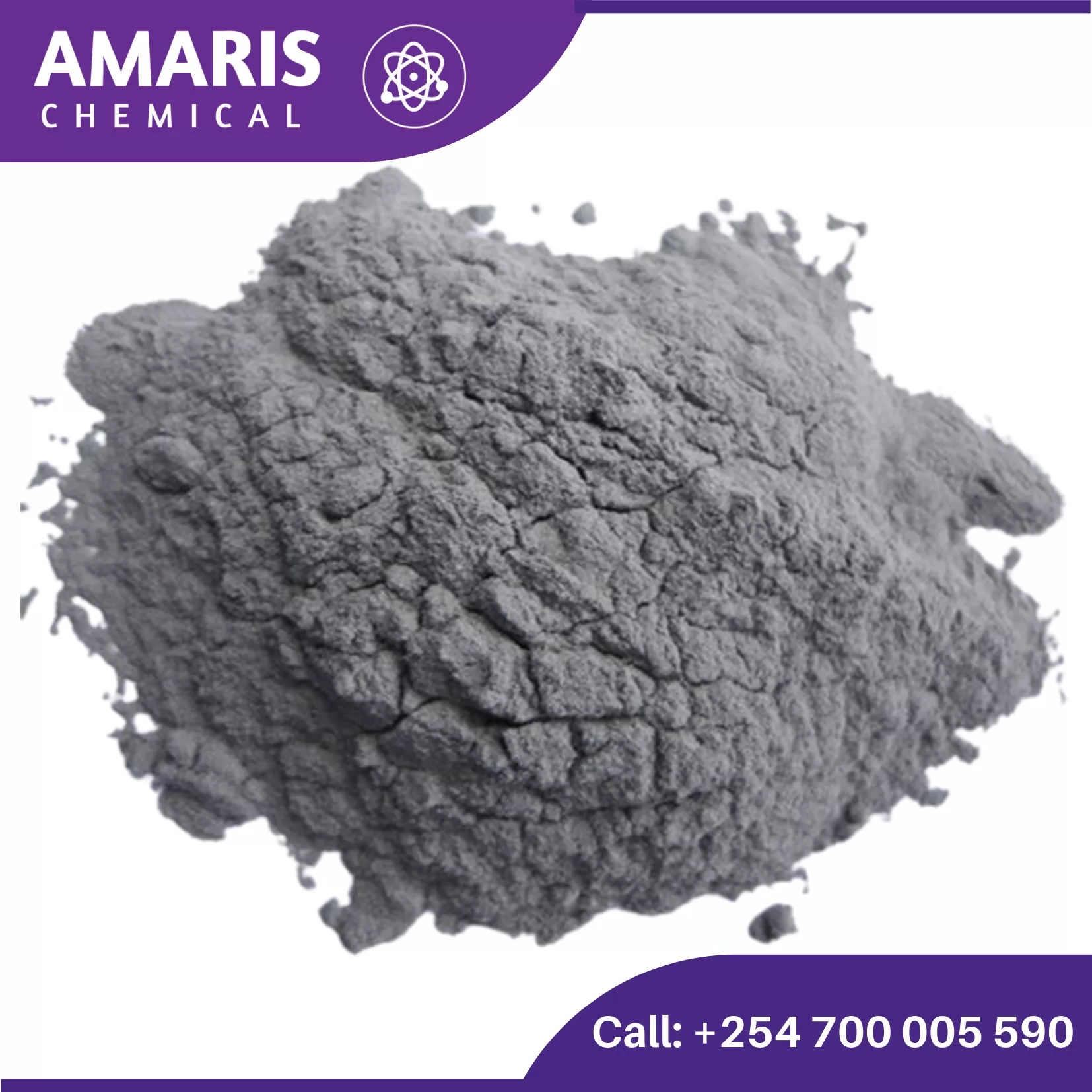
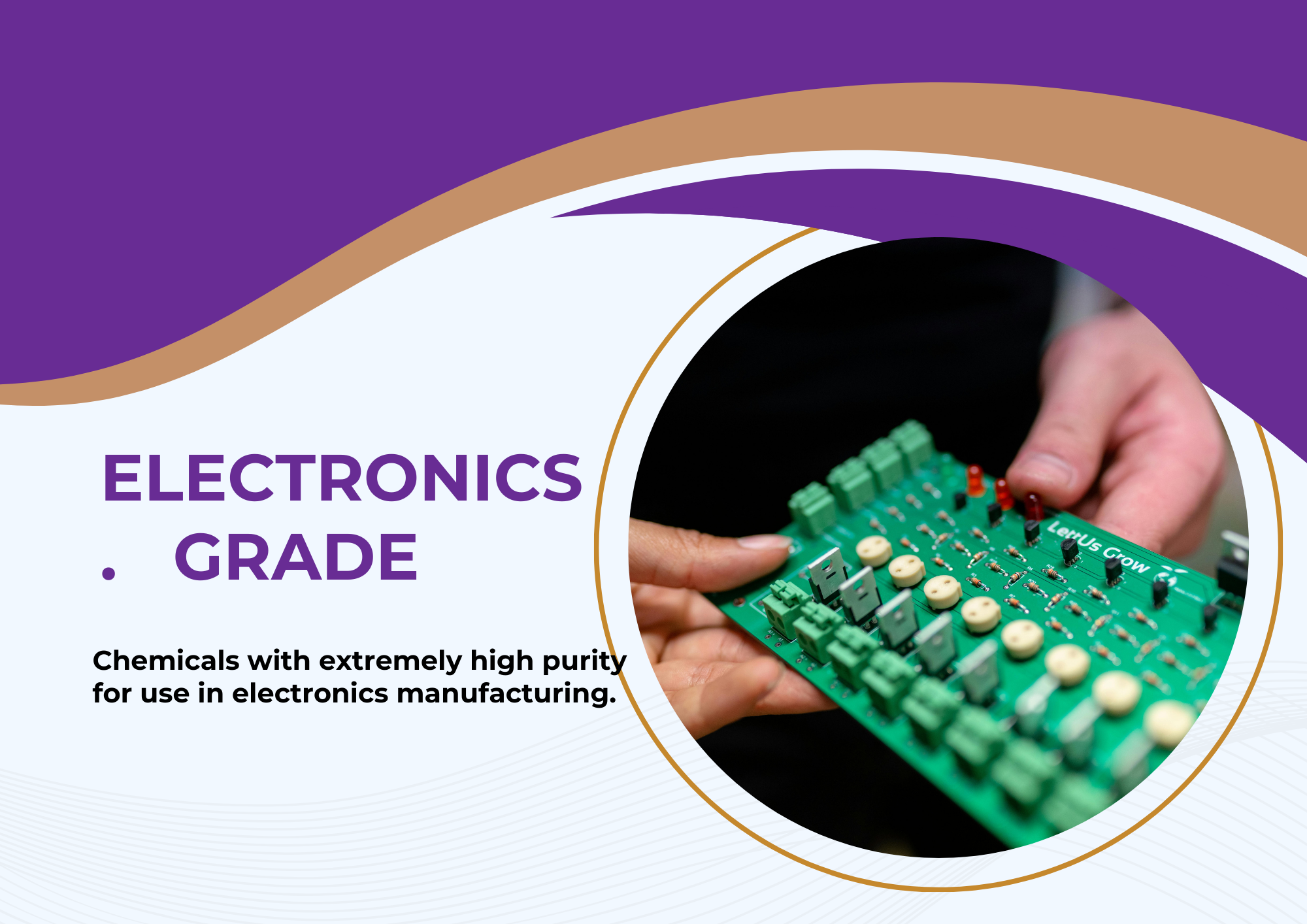


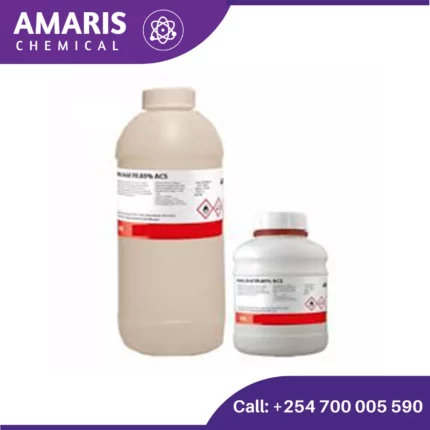
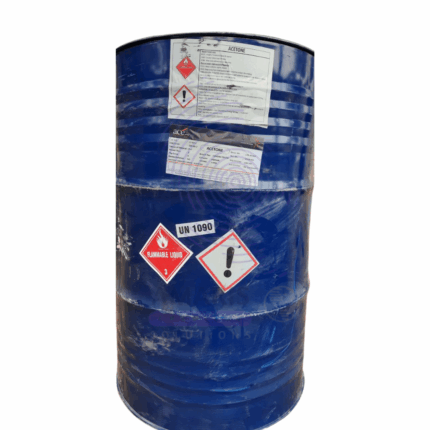

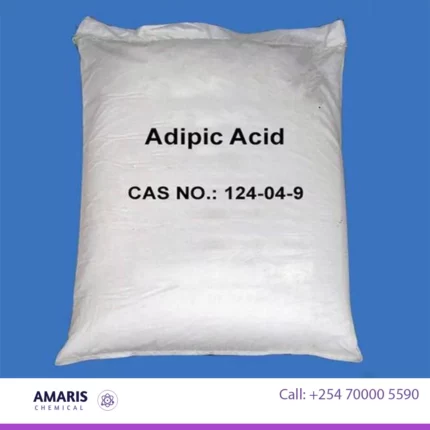
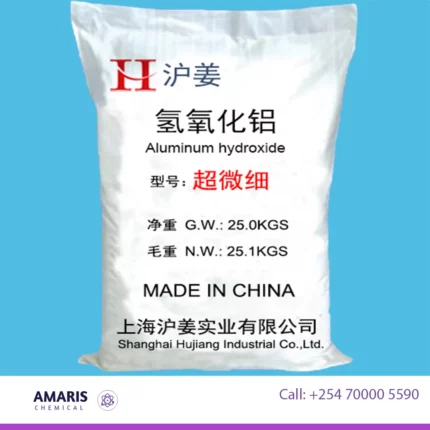
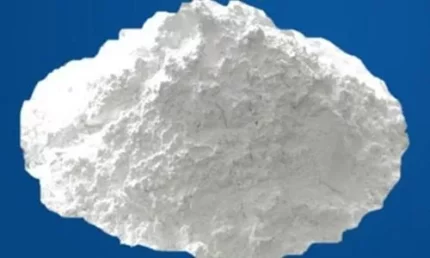
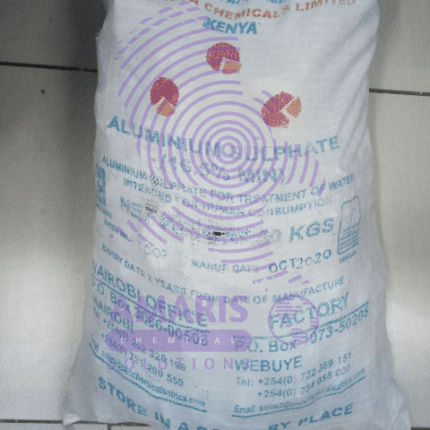
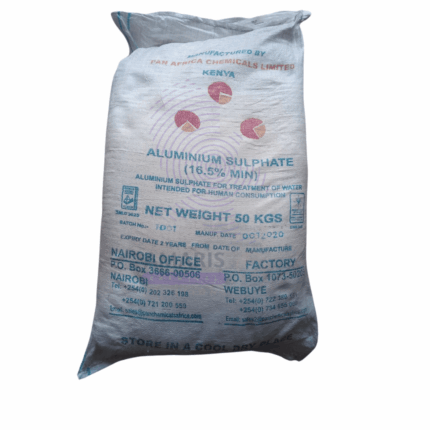
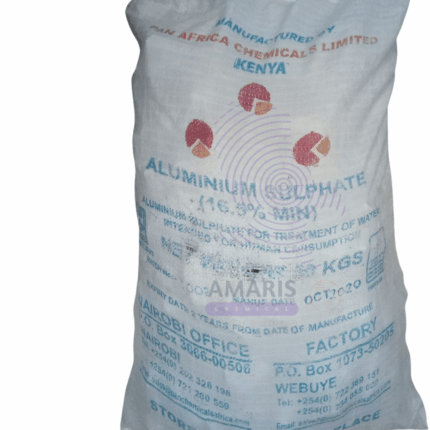













Reviews
There are no reviews yet.